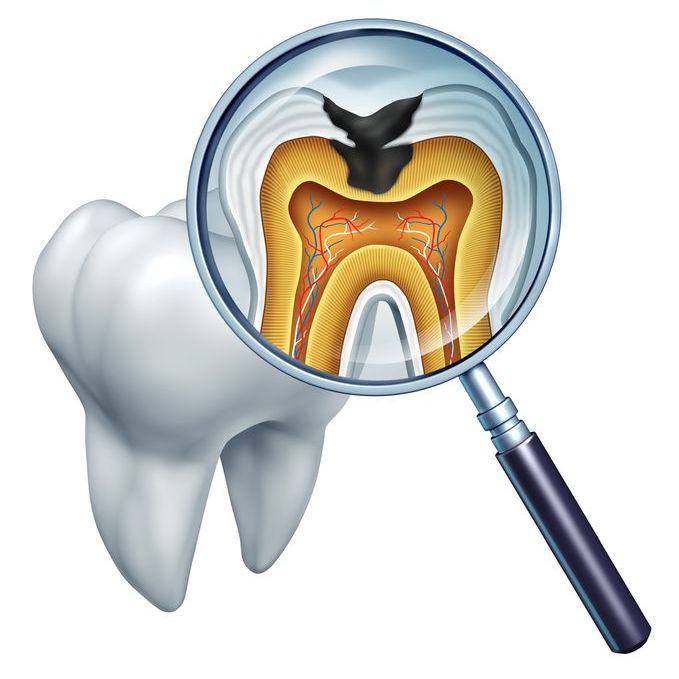Molecular Characterisation of Low Load Bacterial Samples |
| 12 June 2019 |
|
Carious dentine samples contain varying amounts of bacterial DNA at low levels. Variations are due to differences in consistency and composition of bacterial biomass [1]. Analysis of carious dentine samples by molecular methods such as PCR amplification or terminal restriction fragment length polymorphism (T-RFLP) is challenging, because ubiquitous microbial DNA can enter at many steps during sample processing [1]. This can be overcome by working in a sterile environment and contamination-free consumables and reagents for DNA isolation as well as PCR analysis as offered by Molzym. In their recent report, Schmidt et al. [1] compared changes in microbial community structure by analysis of cell-free (cfDNA) and cell-derived bacterial DNA (cdDNA) at two time points, before and after dental therapy. For cfDNA the authors used the supernatant of resuspended samples after centrifugation and for cdDNA the resuspended pellet [1]. Bacterial DNA was isolated from all samples using the MolYsis™ Complete5 kit (Molzym) with (cdDNA) and without DNase treatment (cfDNA). Bacterial DNA was detected by PCR amplification of the V3/V4 region of the 16S rRNA gene over 45 cycles using contamination-free Mastermix 16S/18S Complete (Molzym). Amplicons from positive samples were purified and Sanger sequenced. To analyse the samples by T-RFLP, Schmidt et al. used master mix with labelled primers decontaminated by the Customised Mastermix Purification Service provided by Molzym. Microbial culture resulted in three negative samples, whereof one sample contained bacterial DNA detected by culture-independent analysis. Quantitative PCR indicated that the number of intact bacterial cells was reduced after treatment while the number of cfDNA remained constant. However, the authors pointed out that a quantitative analysis of carious dentine is difficult, thus data from quantitative PCR has to be interpreted carefully. Moreover, quantification might be influenced during sample processing, although spiked bacterial DNA was recovered nearly quantitatively. T-RFLP showed changes in microbial composition of bacterial DNA before and after treatment and between subjects but was regarded limited in respect to the identification of possible key players in a bacterial community. As alternative to T-RFLP, next generation sequencing (NGS) was proposed because it can generate additional information on identification but the requirement of ultra-pure reagents remains to produce unbiased data. All in all, the authors concluded that for samples with varying amount of bacterial DNA, as in carious dentine samples, ultra-clean working conditions are essential to correctly differentiate and quantify the samples. Note: The Customised Mastermix Purification Service of Molzym can be requested for standard and Real-Time PCR reagents which need to be ultra-clean as required for a sensitive and contamination-free analysis of bacterial and fungal DNA. |
| Reference |
|
[1] Schmidt J, Krohn S, Buenger L, Zeller K, Schneider H, Treuheit M, Kaiser T, Ziebolz D, Berg T, Haak R (2019) Molecular characterization of intact cell-derived and cell-free bacterial DNA from carious dentine samples. Journal of Microbiological Methods 158 (2019) 33-43. https://doi.org/10.1016/j.mimet.2019.01.012 |
| MolYsis™ brochure MolYsis™ Customised Purification Service |

